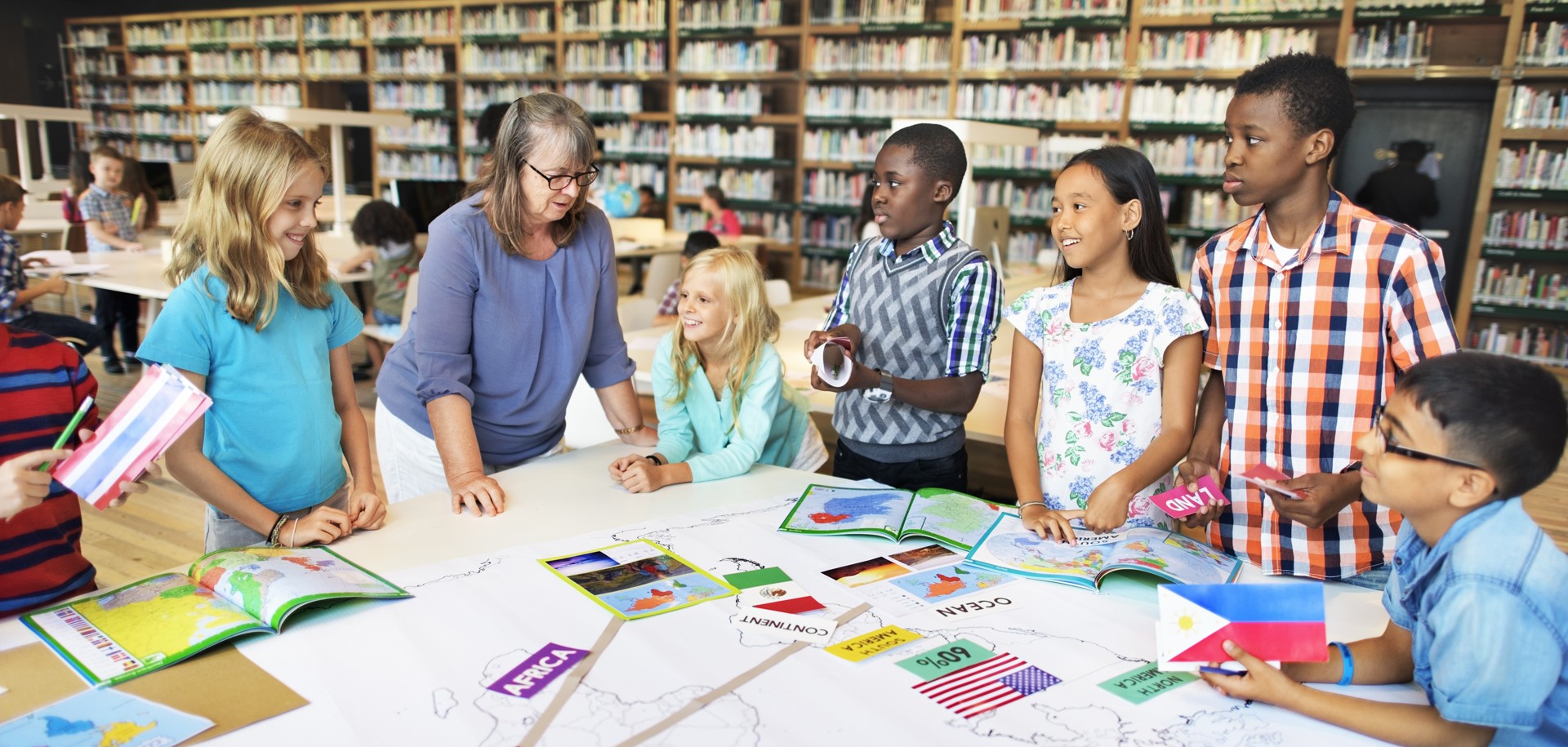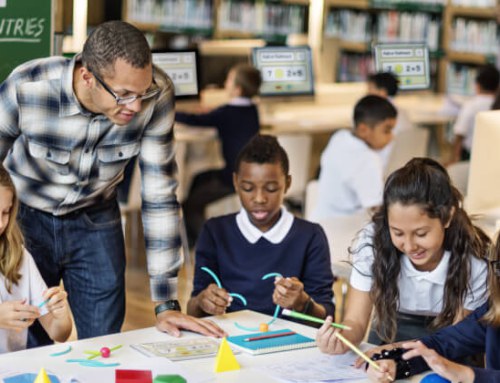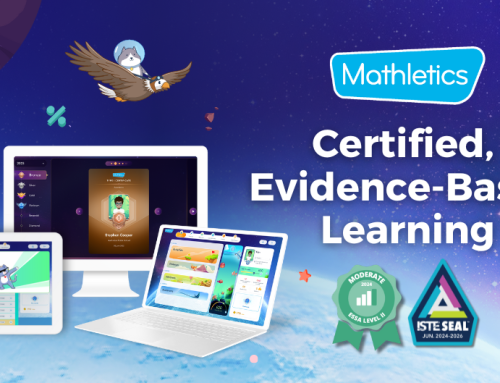Moving from teacher-led instruction to a student-driven environment.
Blended learning is a topic that is increasingly becoming more popular in schools across North America. This teaching method incorporates digital learning with traditional teaching methods, creating a blend between teacher-led and student-driven learning. An example of this method involves using an online math resource for activities and directing students to illustrate how they got their answers in a math journal or as a group. In this type of environment, educators are seeing increased engagement among students and efficiency among teachers.
Here are some considerations when implementing blended learning into your class:
-
Use a variety of teaching tools.
Incorporate digital technology into your classroom lessons along with traditional methods of instruction. Switching between computer-based or gamified learning and face-to-face instruction will keep students engaged in their learning and strengthen lessons. It can also empower students to move at their own pace.
-
Make learning accessible for students.
Learning should continue after students leave the classroom. A benefit of incorporating digital learning is that it allows students to access information, activities, and games anywhere, anytime. Digital learning provides flexibility that supports student success. Some teachers use digital resources to assign homework to students on vacation to ensure continuous learning.
-
Personalize learning pathways for each student.
Each student is unique with their approach to their learning. Make sure to use resources that have varying degrees of difficulty to encourage students that need it, while challenging those that have already mastered the material. This will build confidence and guarantee every student is working at their ability level and not being disincentivized by their efforts when facing new challenges.
-
Choose the blended learning model that works for you.
Test out different models of blended learning to see what fits best in your classroom. Some of the popular models to consider are Station Rotation Model, Flipped Classroom Model, and Flex Model but there are a variety of models to choose from. Adapt your plans as you go and share your success with fellow educators so that their students can gain the same benefits from a blended learning environment.
- Station Rotation Model: Students rotate through different learning stations in class. This could be a mixture of group work, online learning, small group instruction and full class collaboration.
- Flipped Classroom Model: Students are first introduced to concepts at home through online coursework and then practice in class with teacher assistance.
- Flex Model: Students work through online learning activities on a customized and fluid schedule with teacher assistance as needed.







